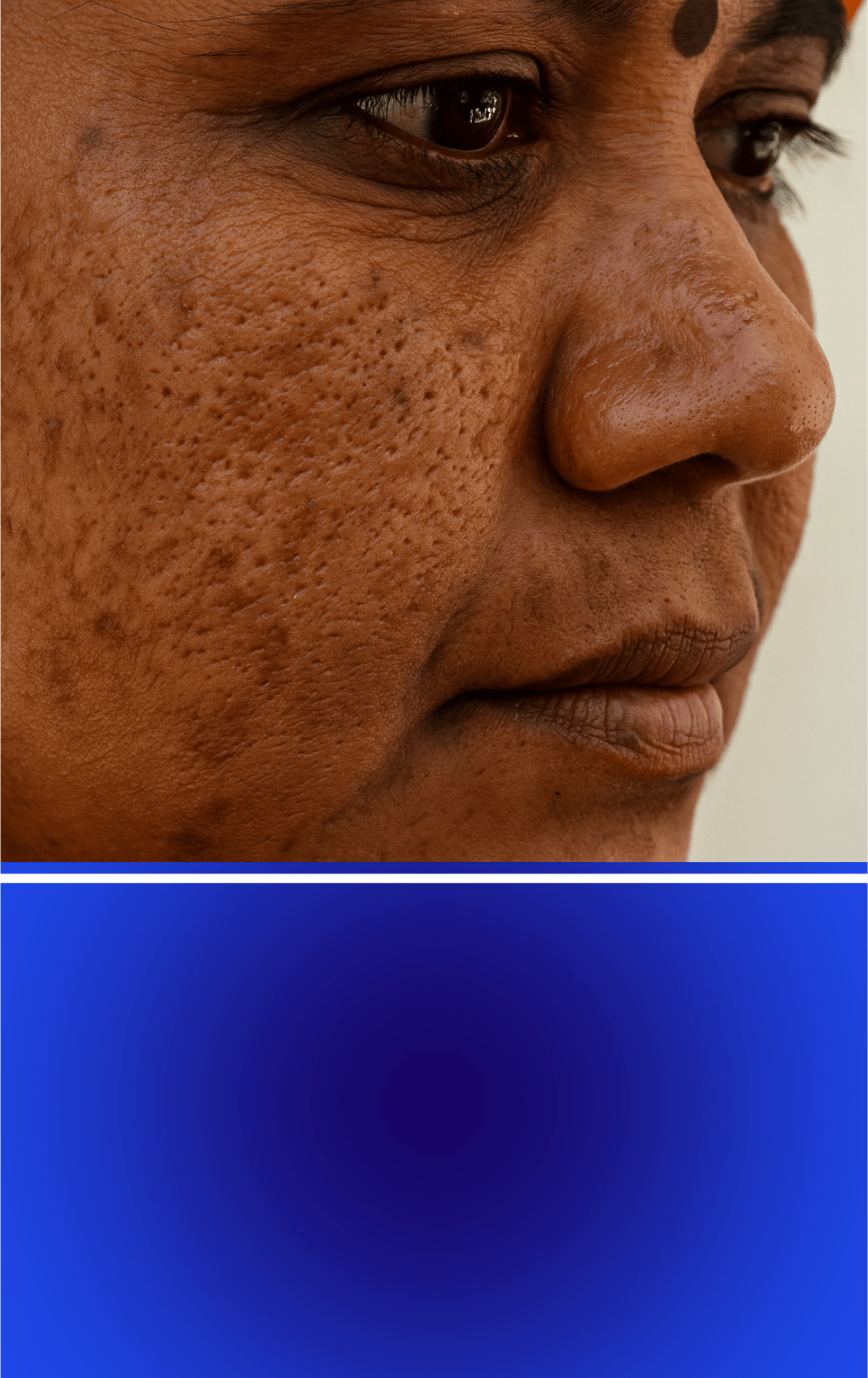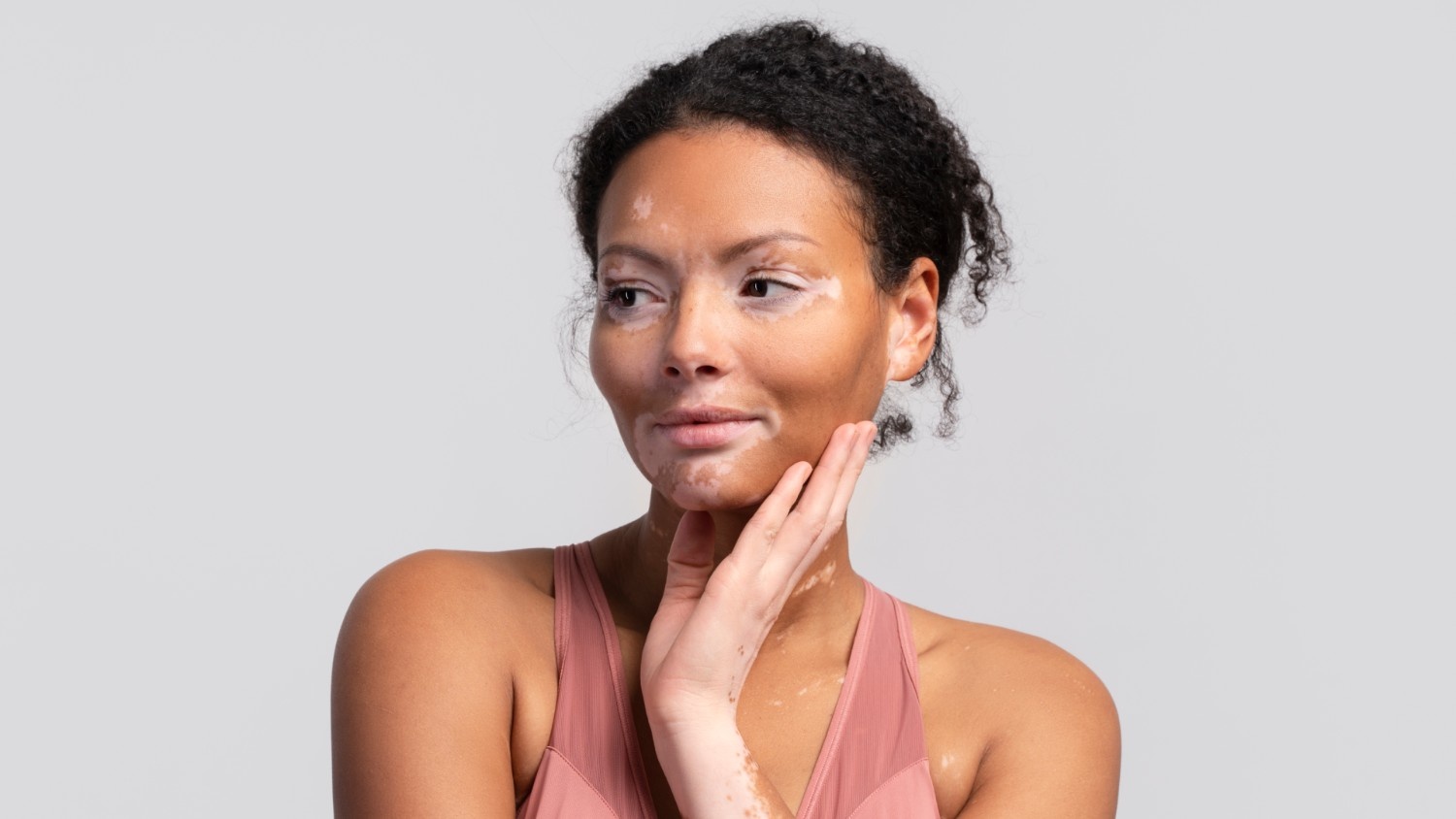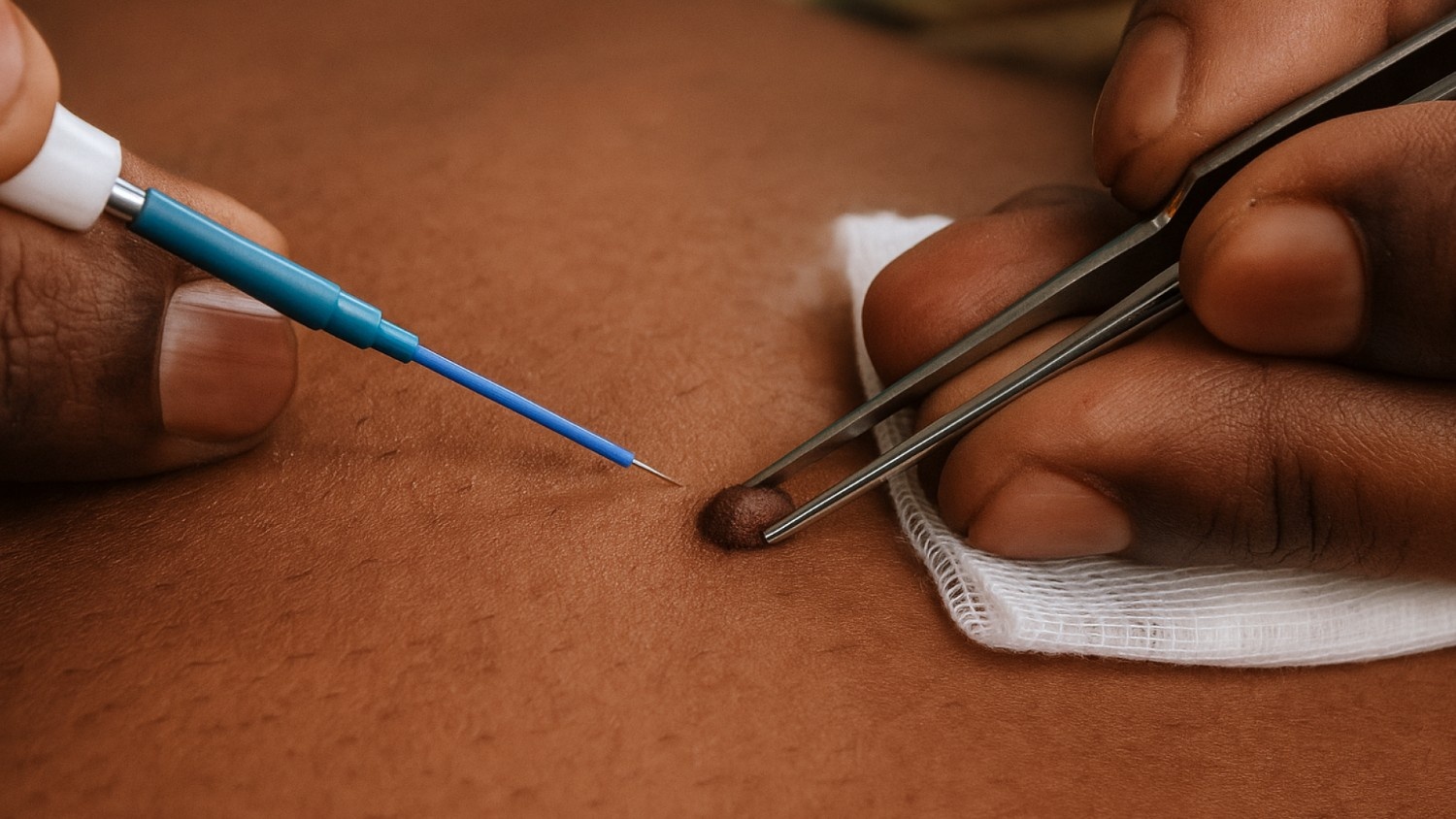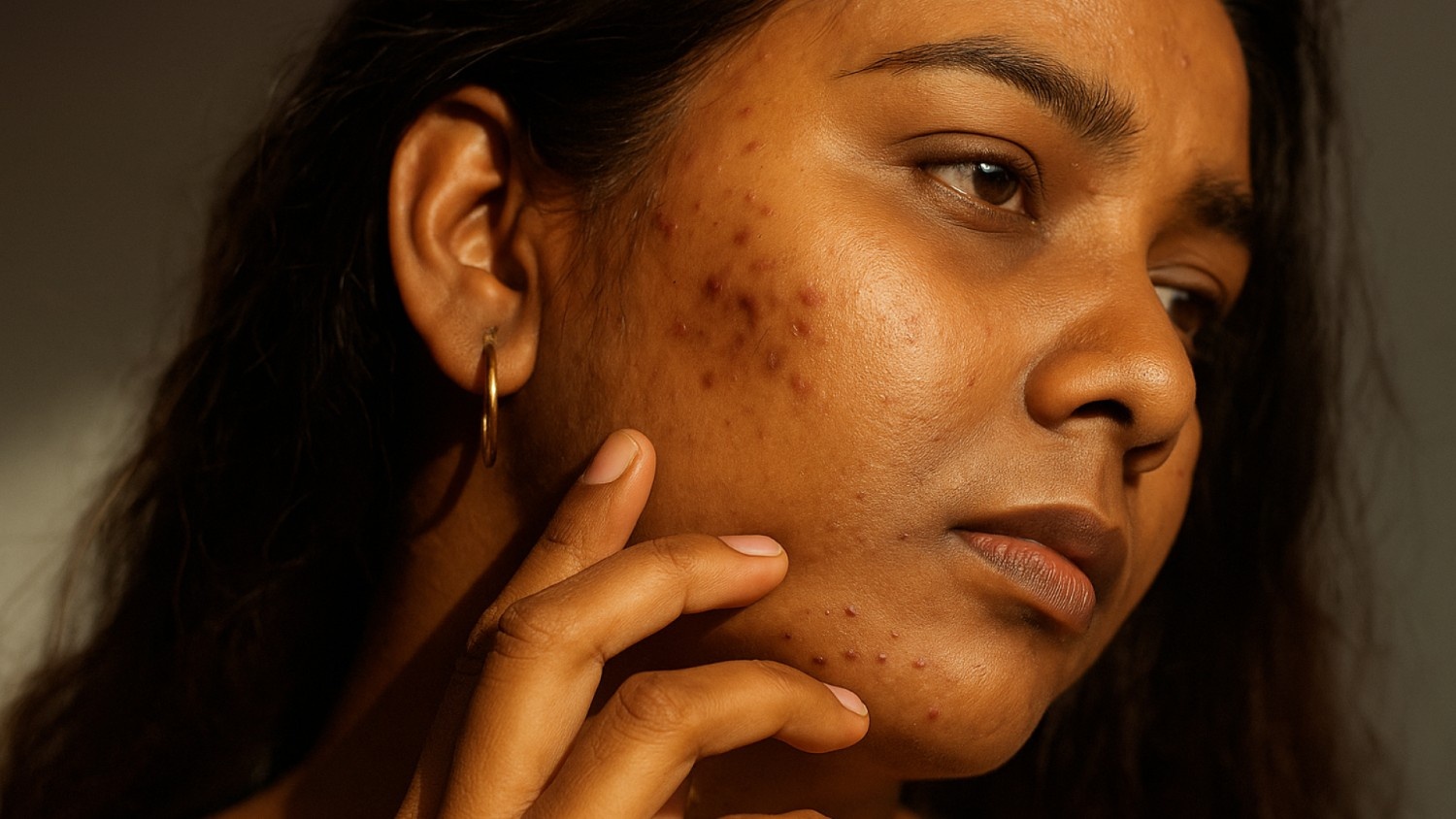Underarm pigmentation is a common concern that can affect confidence and raise questions about skin health. While it is often harmless, persistent darkening in this area may sometimes signal underlying conditions such as insulin resistance or chronic irritation. Everyday factors, such as frequent shaving, friction from clothing, or reactions to deodorants, can also contribute.
Understanding the causes is the first step to safe and effective care. Instead of quick-fix remedies, an evidence-based approach guided by an MD dermatologist ensures lasting results and prevents further irritation. Let’s get started!
Key Takeaways
- Underarm pigmentation often stems from friction, irritation, or medical conditions like insulin resistance.
- Treatments range from topical creams and peels to lasers, but results depend on the underlying cause.
- Gentle home care, such as mild exfoliation and moisturising, can help, but won’t fully replace medical care.
- Preventive steps, such as breathable clothing and safer hair removal, reduce future darkening.
- Persistent or spreading pigmentation signals it’s time for a dermatologist’s opinion.
What Is Underarm Pigmentation?
Underarm pigmentation refers to the darkening of the skin in the armpit area, often seen as patches or a uniform change in tone. In many people, this is linked to friction, hair-removal methods, or irritation from skincare products. In some cases, it may be associated with medical conditions such as acanthosis nigricans, which is linked to insulin resistance and hormonal imbalances.
While mild changes are usually cosmetic, a dermatologist should evaluate underarm pigmentation if:
- The darkening is sudden or spreading.
- The skin feels velvety, thickened, or itchy.
- There are other health concerns, such as weight changes, irregular periods, or a family history of diabetes.
- Over-the-counter or home remedies have not improved the condition.
An early consultation with an MD dermatologist, Dr. Janani Sree C M at Velantis Dermatology, can help identify the underlying cause and ensure that treatment is safe, effective, and tailored to your skin.
Now, let’s take a look at the factors that can contribute to the development of underarm pigmentation, ranging from everyday habits to underlying health conditions.
Common Causes of Dark Underarms
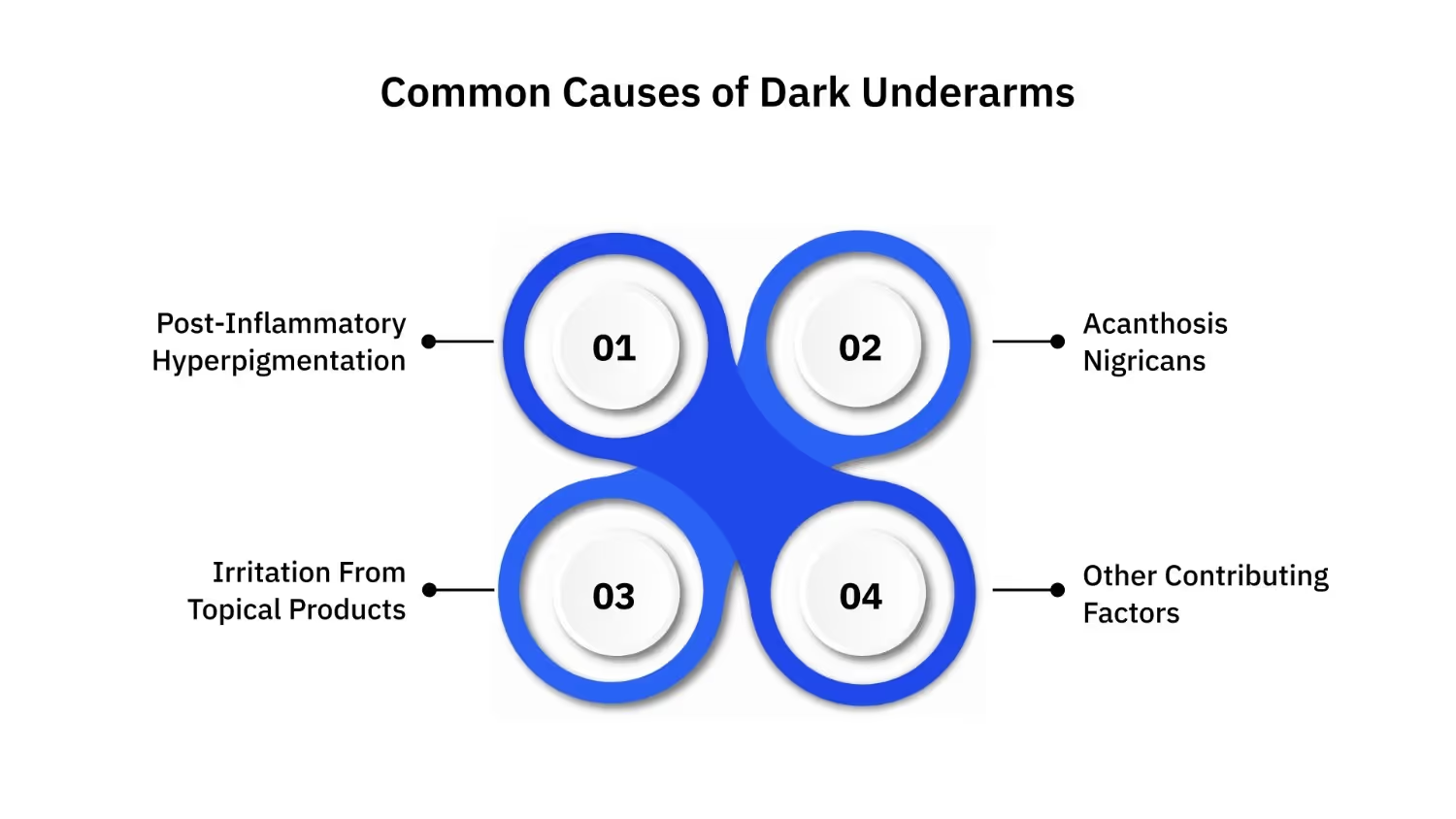
Underarm hyperpigmentation can result from several overlapping factors. Identifying the underlying cause is essential, as treatment approaches differ depending on whether the pigmentation is due to external irritation, chronic friction, or internal medical conditions.
1. Post-Inflammatory Hyperpigmentation (PIH)
One of the most frequent reasons for dark underarms is post-inflammatory hyperpigmentation. This occurs when repeated irritation or minor injury triggers excess melanin production. Common triggers include:
- Tight clothing that causes constant friction against delicate underarm skin.
- Hair removal methods such as shaving or waxing can lead to small cuts, ingrown hairs, and inflammation.
- Accumulation of dead skin cells which can make the area appear uneven and darker if gentle exfoliation is lacking.
In such cases, addressing the source of irritation and adopting gentler skincare or hair removal practises can help reduce recurrence.
2. Acanthosis Nigricans (AN)
Acanthosis nigricans is a skin condition where the underarm develops velvety, thickened, and dark patches. It is not caused by external irritation but by underlying metabolic or hormonal changes. Common associations include:
- Insulin resistance or type 2 diabetes.
- Polycystic ovary syndrome (PCOS) and related hormonal imbalances.
- Obesity can increase the likelihood of insulin resistance.
- Less commonly, certain medications or systemic illnesses.
In these cases, treating the underlying health condition is just as important as addressing the pigmentation itself.
3. Irritation From Topical Products
Deodorants, antiperspirants, and certain fragranced skincare products can act as irritants or allergens in sensitive individuals. Continuous use of such products may cause inflammation, leading to long-term pigmentation. Even “natural” or DIY remedies can sometimes worsen irritation and trigger darkening rather than improvement.
4. Other Contributing Factors
Beyond common causes, a few additional factors may also play a role in worsening underarm hyperpigmentation
- Fungal or bacterial infections in the warm, moist underarm environment may cause irritation and discoloration.
- Hormonal fluctuations beyond PCOS, such as during pregnancy, can also influence pigmentation.
- Genetic predisposition plays a role in some individuals, particularly those with darker skin tones who are more prone to pigmentation changes after irritation or injury.
Knowing the causes makes it easier to choose safe and effective treatment options that address the root of underarm pigmentation.
Read our blog on the Difference Between Tanning and Pigmentation to understand how they vary and what it means for your skin health
Evidence-Based Treatment Options
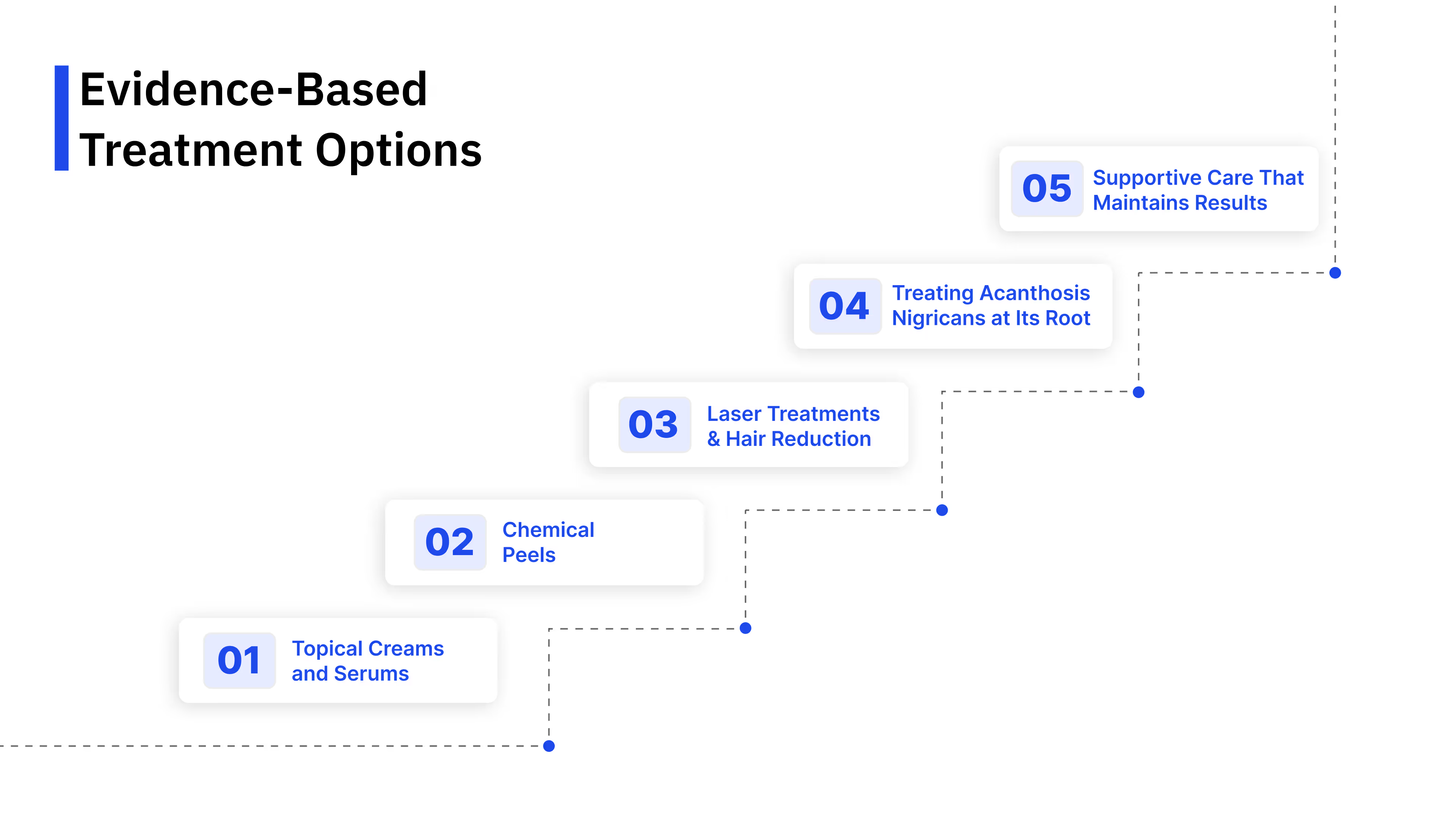
Underarm pigmentation treatment works best when it matches the root cause. Some options can be started at home under guidance, while others require in-clinic procedures. Here are the most common and effective choices available in India today.
1. Topical Creams and Serums
Dermatologists often begin with creams that reduce excess melanin and improve skin turnover.
- Skin-lightening agents: Mild formulations with ingredients like hydroquinone (used only under medical supervision), kojic acid, arbutin, or azelaic acid help fade dark patches over time.
- Retinoids: Prescription-strength retinoids such as tretinoin improve cell renewal and gradually lighten pigmentation.
- Supportive products: Niacinamide and vitamin C serums can be added for ongoing maintenance once the skin is stable.
Most topical treatments take at least 8–12 weeks of consistent use before visible changes appear.
2. Chemical Peels
In a clinic setting, dermatologists may perform light chemical peels to speed up results.
- Glycolic acid or lactic acid peels gently exfoliate and fade surface-level pigmentation.
- Salicylic acid peels can help when blocked pores or irritation are also present.
- Diluted TCA peels may be used in thicker or velvety patches, such as acanthosis nigricans, always in very controlled, low strengths.
This treatment is typically administered in sessions every few weeks, with gradual improvement occurring over 2–3 months.
3. Laser Treatments & Hair Reduction
Laser therapy targets excess pigmentation while reducing hair growth, helping minimise repeated irritation from shaving or waxing.
- Pigment-focused lasers can target deeper pigmentation when creams and peels are not enough. These need careful setting adjustments for Indian skin tones to prevent rebound darkening.
- Laser hair reduction is particularly useful for those who develop pigmentation after repeated shaving or waxing. By reducing hair growth, it minimises friction, ingrown hairs, and repeated irritation, helping prevent new dark patches.
Laser hair reduction often requires 6–8 sessions, spaced a few weeks apart, with lasting improvement.
4. Treating Acanthosis Nigricans at Its Root
When underarm pigmentation is due to acanthosis nigricans, simply lightening the skin is not enough. Addressing the underlying health issue is key.
- Weight management and lifestyle changes improve insulin sensitivity and often lead to visible lightening.
- Medical treatment for insulin resistance or PCOS (such as metformin prescribed by a physician) may be recommended.
- Adjunct skin care (creams, peels, or lasers) can be added only after the root cause is treated.
Skin changes take time but improve steadily as blood sugar and hormones stabilize.
5. Supportive Care That Maintains Results
Consistent aftercare helps preserve treatment benefits and prevents pigmentation from returning. Here are some steps that make a difference:
- Switching to gentle, fragrance-free deodorants prevents new irritation.
- Moisturisers with ceramides or aloe keep the barrier healthy.
- Adjusting hair removal habits (using trimmers or shifting to laser) prevents repeated trauma.
Alongside professional care, certain safe home remedies and daily habits can support underarm health and improve comfort.
Also, check our blog to understand what uneven skin tone is and how to treat it.
Safe At-Home Care for Dark Underarms
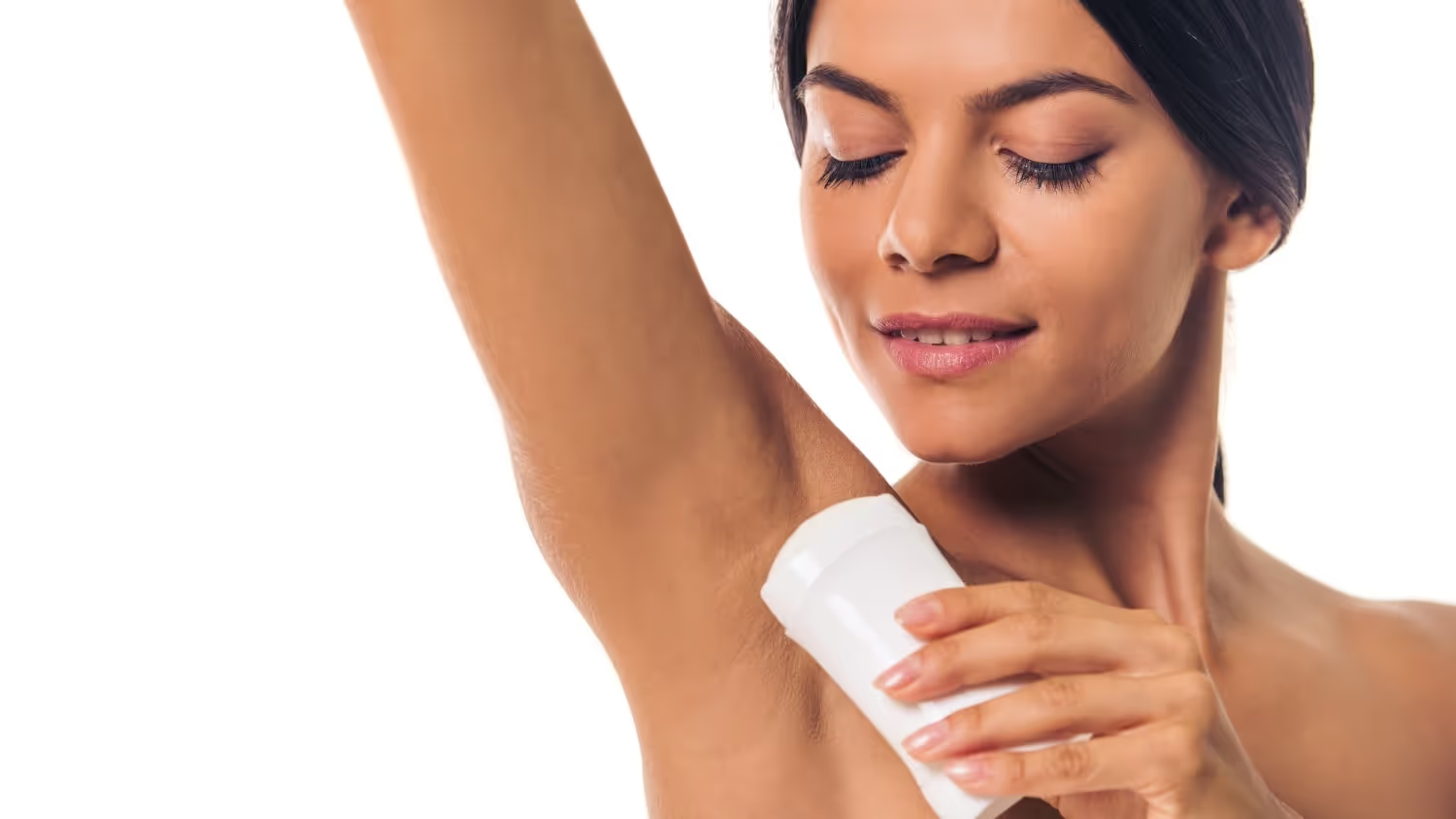
While the best treatment for dark underarms often requires professional guidance, a few safe at-home remedies can support skin health. Here are commonly used options and what you should know about them.
1. Aloe Vera and Natural Moisturisers
Aloe vera gel, coconut oil, and shea butter are soothing options that calm irritation and maintain the skin barrier. Regular moisturising prevents dryness that can make pigmentation more visible. When choosing a product, stick to pure and fragrance-free versions, since added alcohol or perfumes may trigger irritation.
2. Gentle Exfoliation
Light exfoliation once a week with oatmeal or finely ground rice helps remove dead skin cells and smooth the underarm texture. Mild lactic acid lotions, used sparingly, can also improve skin tone. Harsh scrubs or frequent exfoliation, however, can injure delicate underarm skin and lead to even darker patches.
3. Lemon Juice and Potato Slices
These are traditional home remedies often believed to lighten skin. Potatoes contain mild enzymes, while lemon has natural acids. In reality, potato is usually too mild to make a noticeable change, and lemon juice is too harsh for the sensitive underarm area, often causing irritation and burns that worsen pigmentation.
4. Turmeric Masks
Turmeric is known for its anti-inflammatory properties and may help calm irritation. Still, applying raw turmeric paste under the arms can leave yellow stains and occasionally irritate the skin. Safer options are dermatologist-approved creams with turmeric extracts that deliver benefits without the risks.
5. Switching to Gentle Deodorants
Fragrance-free and alcohol-free deodorants, including some mineral-based options, are kinder to underarm skin and lower the risk of irritation. However, even natural deodorants with baking soda can sometimes cause rashes, so testing on a small patch of skin first is wise.
6. Regular Hair Removal Care
Shaving and waxing often cause repeated irritation, leading to darkening over time. Using a clean razor with shaving gel, trimming instead of shaving daily, or gradually shifting to laser hair reduction can help reduce trauma to the skin. This simple change prevents new pigmentation and keeps existing dark patches from worsening.
While these remedies can help manage existing pigmentation, simple preventive habits are key to maintaining even-toned underarms in the long run.
Recommended: Dermatologist-Recommended Diet for Clearer Skin
Prevention: Keeping Underarms Even-Toned

Preventing darkening is often easier than treating it later. Consistent care, gentle habits, and healthier lifestyle choices all play a role in maintaining even-toned underarms. Here are steps that can help:
- Choose Comfortable Clothing: Opt for breathable fabrics like cotton and slightly looser fits to reduce friction. Tight clothes and synthetic fabrics trap sweat and cause irritation, which may worsen pigmentation over time.
- Practise Gentle Hair Removal: Use a clean razor with shaving gel or cream to protect the skin. Avoid aggressive waxing or frequent shaving, as these create micro-injuries that can trigger pigmentation. Considering long-term options like laser hair reduction can help minimise repeated trauma.
- Use Mild Deodorants: Select alcohol-free and fragrance-free deodorants, or those labelled for sensitive skin. Harsh chemicals in antiperspirants may irritate delicate underarm skin and increase the risk of darkening.
- Maintain Regular Exfoliation: Light exfoliation once a week with a gentle scrub or a mild lactic acid lotion removes dead skin cells that make underarms look dull. Over-exfoliating, however, should be avoided as it can lead to irritation.
- Keep Skin Moisturised: Daily application of lightweight moisturisers or natural hydrators like aloe vera gel helps maintain skin health and prevents dryness-related pigmentation.
- Address Medical Conditions Early: Hormonal imbalances, obesity, or insulin resistance can contribute to underarm hyperpigmentation. Seeking timely medical advice for conditions like PCOS or diabetes can prevent further darkening.
Even with good care and preventive steps, there are times when professional guidance becomes necessary for lasting results.
When to Consider Professional Help for Underarm Pigmentation
At-home care and preventive steps can improve mild pigmentation, but results vary from person to person. For many, underarm pigmentation is linked to deeper causes like hormonal imbalances, insulin resistance, or chronic irritation that home remedies alone cannot address.
A professional consultation becomes important if:
- Pigmentation is worsening despite home care.
- Skin changes are sudden, widespread, or accompanied by itching or thickening.
- You have underlying health concerns such as PCOS, thyroid issues, or diabetes.
- You’re looking for safe and lasting solutions beyond temporary fixes.
Dermatologists can identify the exact reason for pigmentation and suggest evidence-based treatments such as topical creams, chemical peels, or laser therapy. This ensures the approach is tailored to your skin type and medical background, minimising risks and improving results.
If you’re concerned about persistent darkening, scheduling a consultation with Dr. Janani Sree C M at Velantis Dermatology can help you find the safest and most effective treatment path for your skin.
Conclusion
Underarm pigmentation is common and often influenced by everyday habits, skin sensitivity, or underlying health conditions. While home remedies and preventive care can help, they are not always enough, especially when pigmentation is persistent or linked to medical factors.
The best approach is one that prioritises skin health and patient safety, choosing treatments that are evidence-based, gentle, and suitable for your unique needs. A dermatologist can guide you through safe options, ensuring that care is tailored rather than trial-and-error.
If you’re seeking professional guidance, MD Dermatologist, Dr. Janani Sree C M at Velantis Dermatology offers ethical, patient-first dermatology care to help restore confidence and comfort in your skin.
FAQs
Q1. Is underarm pigmentation a sign of a serious condition?
A1: Not always, but skin that’s visibly velvety, thickened, or spreading may indicate acanthosis nigricans, which is often linked to insulin resistance, PCOS, or obesity. It’s wise to consult a dermatologist in such cases.
Q2. How long will it take for underarm pigmentation to fade?
A2: With consistent use of topical creams, visible improvements usually take 8–12 weeks. Clinic-shot treatments like peels or lasers can shorten that timeline, but still require multiple sessions for lasting results.
Q3. Are natural remedies like lemon juice effective for lightening dark underarms?
A3: While common in DIY lore, these can often cause more harm than good. Lemon juice is highly acidic and may irritate or even burn the skin, leading to more pigmentation rather than less. Instead, choose dermatologist-approved formulations.
Q4. Can shaving cause or worsen underarm hyperpigmentation?
A4: Yes, shaving can irritate, create micro-cuts, and lead to ingrown hairs, all of which can trigger post-inflammatory pigmentation. Gentler waxing, trimming, or laser hair reduction may help avoid such triggers.
Q5. When should I consult a dermatologist for dark underarms?
A5: You should consider a professional evaluation if:
- Home care fails to improve pigmentation.
- Skin changes are sudden, worsening, or accompanied by texture changes (thick, velvety skin).
- You have health conditions like PCOS, thyroid disorders, or diabetes.
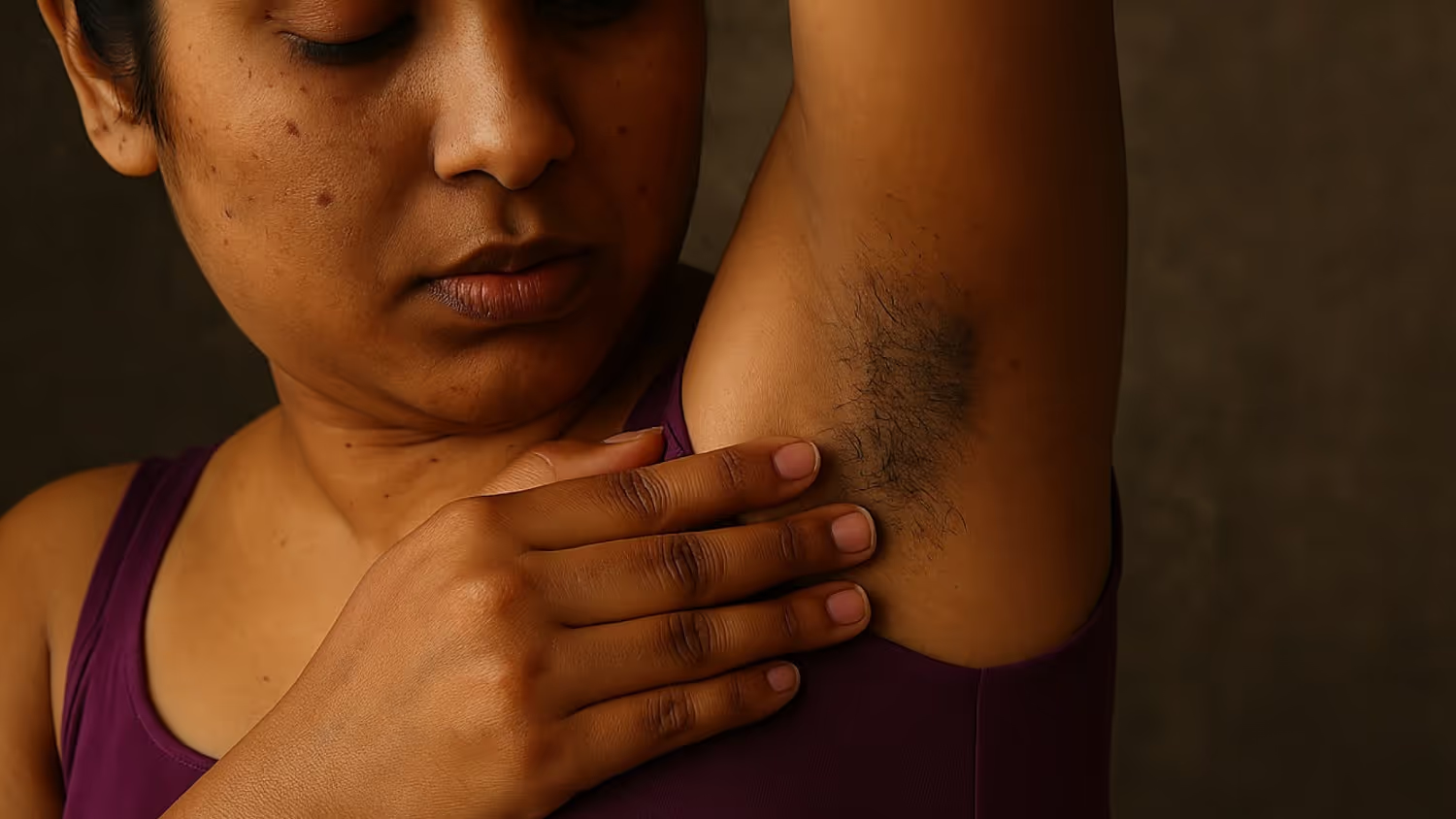

.png)
